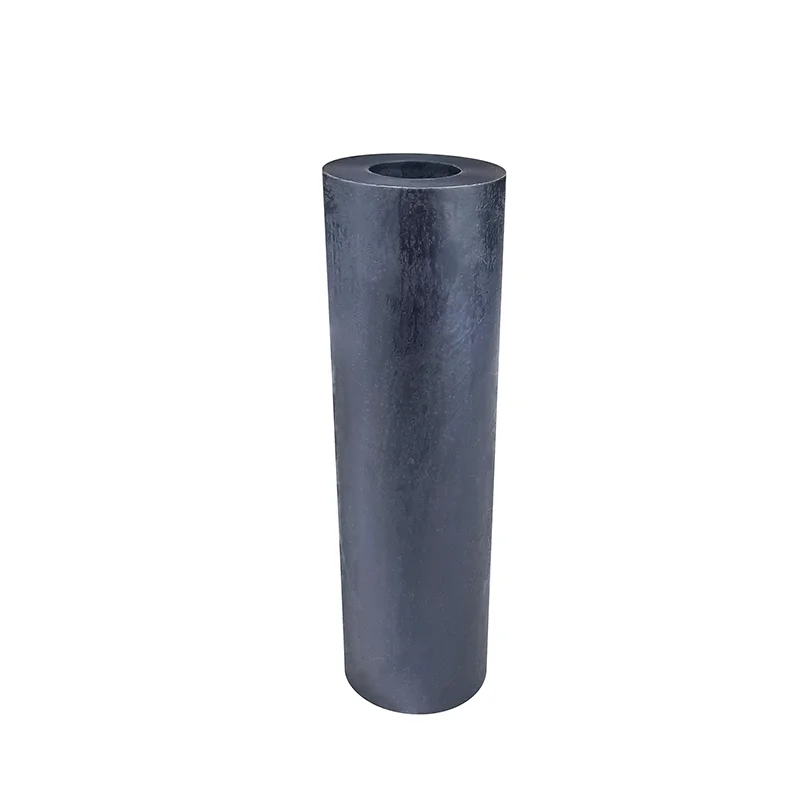Top Sealing Materials and Their Applications
2025-05-08
Sealing materials are vital across a wide range of industries—from automotive and aerospace to oil & gas and food processing. But not all sealing materials are created equal. Choosing the right one depends on your specific application, environment, and performance requirements.
1. Rubber (NBR, EPDM, Silicone)
Rubber is a highly flexible and cost-effective material used for seals and gaskets.
NBR (Nitrile): Excellent oil resistance. Common in fuel systems.
EPDM: Ideal for steam and hot water applications.
Silicone: Withstands high and low temperatures—great for food-grade and medical uses.

2. PTFE (Teflon)
PTFE is known for its chemical resistance and non-stick properties.
Often used in the chemical industry and food processing where aggressive fluids are present.
3. Graphite
Graphite is perfect for high-temperature applications.
Used in flange gaskets for steam lines, chemical plants, and power generation.
4. Metal Seals
Metals like stainless steel or Inconel are used where strength and heat resistance are crucial.
Common in aerospace, nuclear, and high-pressure environments.
5. Compressed Non-Asbestos Fiber (CNAF)
A cost-effective replacement for asbestos gaskets, it handles moderate temperatures and pressures.
Commonly used in water, oil, and gas industries.
Final Thought
The right sealing material can mean the difference between a safe, efficient system and costly downtime or accidents. With modern materials tailored for nearly every industry condition, there’s no reason to compromise on performance.
Whether you're designing a new system or upgrading an old one, don’t underestimate the importance of choosing the correct sealing solution.


